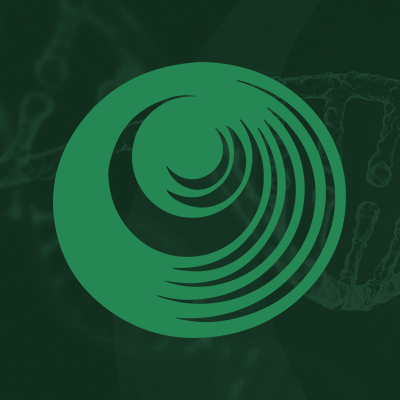Research Papers:
PRDX1 protects ATM from arsenite-induced proteotoxicity and maintains its stability during DNA damage signaling
PDF | Full Text | Supplementary Files | How to cite | Press Release
Metrics: PDF 3625 views | Full Text 4943 views | ?
Abstract
Reem Ali1, Mashael Algethami2, Amera Sheha2, Shatha Alqahtani2, Ahmad Altayyar2, Ayat Lashen2, Emad Rakha2,3, Abdallah Alhaj Sulaiman1, Srinivasan Madhusudan2,4 and Dindial Ramotar1
1 College of Health and Life Sciences, Hamad Bin Khalifa University, Doha, Qatar
2 Naaz Coker Ovarian Cancer Research Centre, Biodiscovery Institute, School of Medicine, University of Nottingham, University Park, Nottingham NG7 3RD, UK
3 Department of Pathology, Nottingham University Hospitals, City Hospital Campus, Nottingham NG5 1PB, UK
4 Department of Oncology, Nottingham University Hospitals, City Hospital Campus, Nottingham NG5 1PB, UK
Correspondence to:
| Dindial Ramotar, | email: | [email protected] |
Keywords: redox signaling; homologous recombination; protein interaction; cell cycle; protein modification
Received: December 30, 2024 Accepted: April 17, 2025 Published: May 19, 2025
ABSTRACT
Redox regulation and DNA repair coordination are essential for genomic stability. Peroxiredoxin 1 (PRDX1) is a thiol-dependent peroxidase and a chaperone that protects proteins from excessive oxidation. ATM kinase (Ataxia-Telangiectasia Mutated) and the MRN (MRE11-RAD50-NBS1) complex are DNA damage signaling and repair proteins. We previously showed that cells lacking PRDX1 are sensitive to arsenite, a toxic metal that induces DNA single- and double-strand breaks (DSBs). Herein, we showed that PRDX1 interacts with ATM. PRDX1-deleted cells have reduced ATM, MRE11, and RAD50 protein levels, but not NBS1. In control cells treated with arsenite, we observed γH2AX foci formation due to arsenite-induced DSBs, and not from PRDX1-deleted cells. Arsenite caused profound depletion of ATM in PRDX1-deleted cells, suggesting that PRDX1 protects and stabilizes ATM required to form γH2AX foci. Importantly, arsenite pretreatment of PRDX1-deleted cells caused hypersensitivity to chemotherapeutic agents that generate DSBs. Analysis of a clinical cohort of ovarian cancers treated with platinum chemotherapy revealed that tumours with high PRDX1/high ATM or high PRDX1/high MRE11 expression manifested aggressive phenotypes and poor patient survival. The data suggest that PRDX1 can predict responses to chemotherapy, and targeting PRDX1 could be a viable strategy to improve the efficacy of platinum chemotherapy.
 All site content, except where otherwise noted, is licensed under a Creative Commons Attribution 4.0 License.
All site content, except where otherwise noted, is licensed under a Creative Commons Attribution 4.0 License.
PII: 28720
